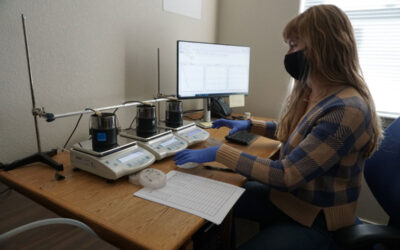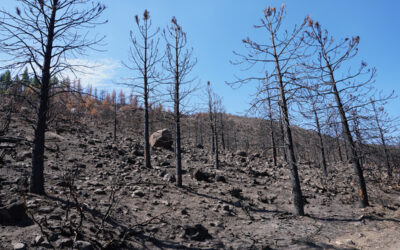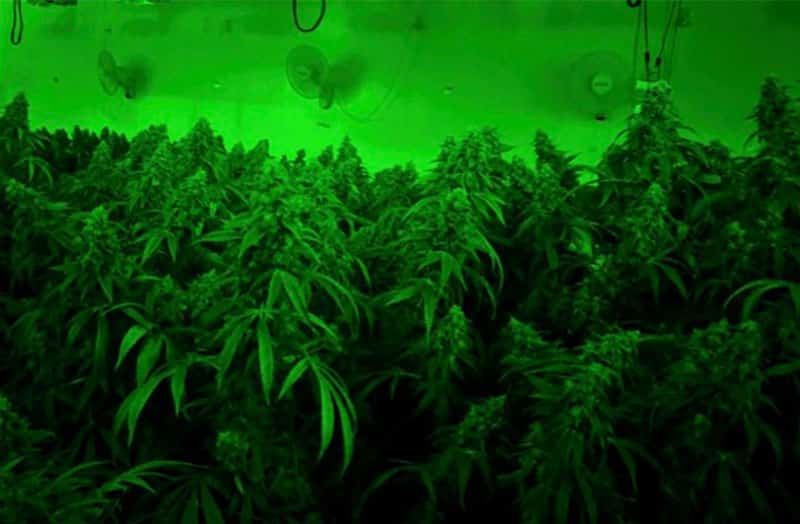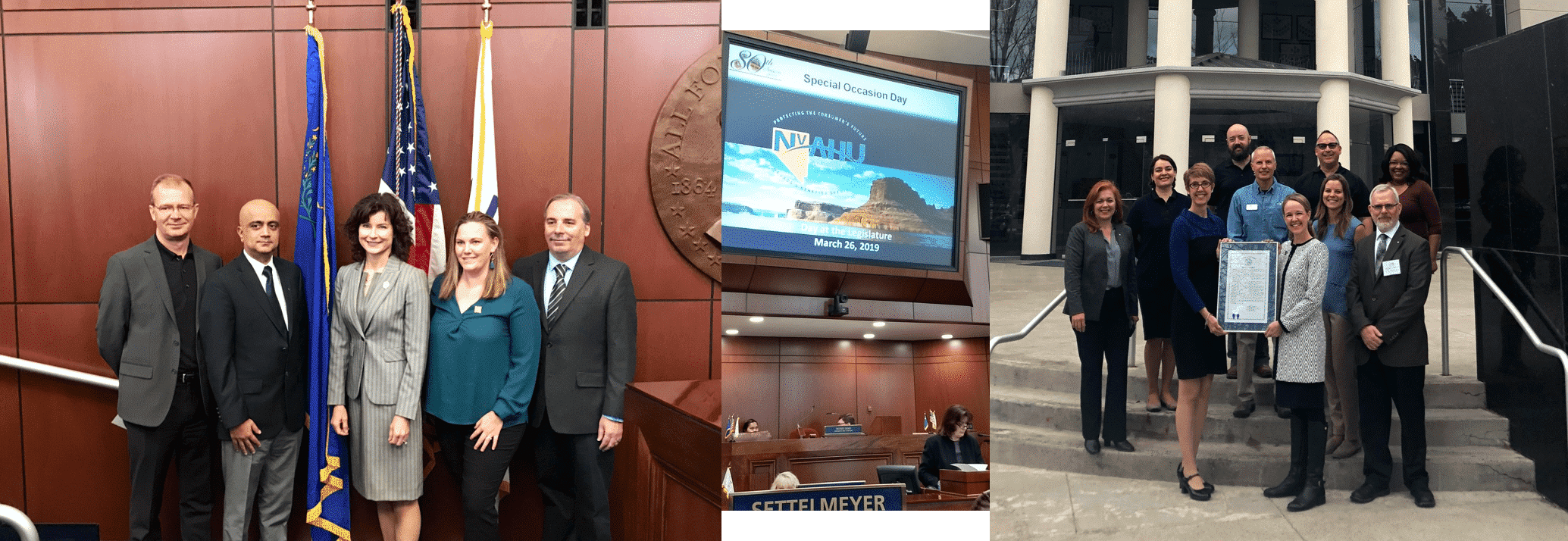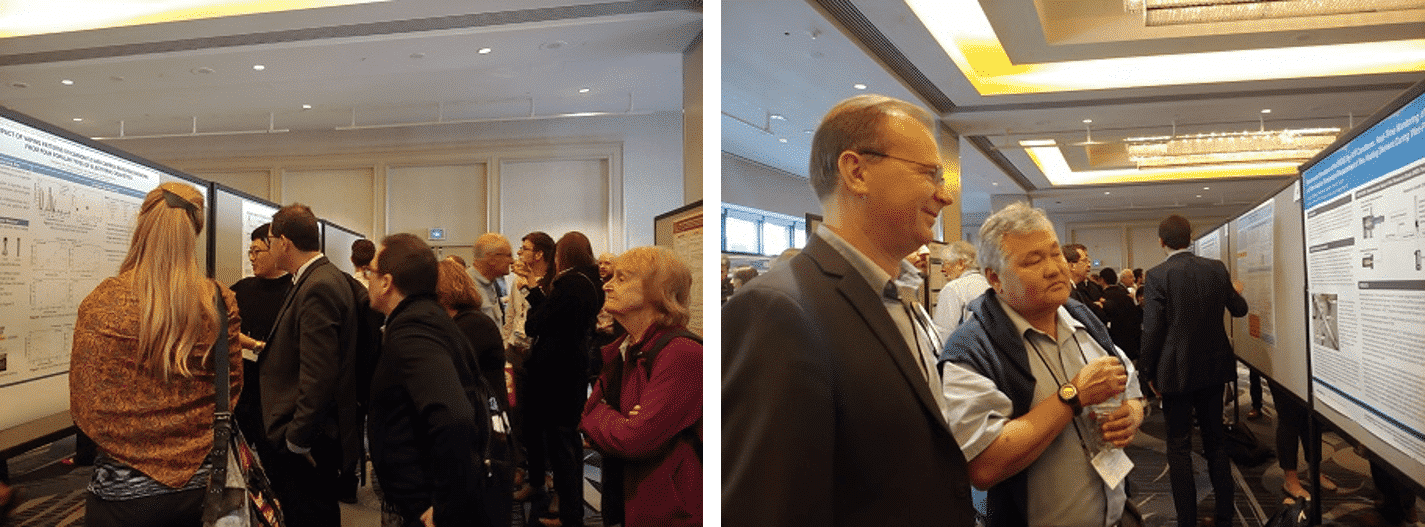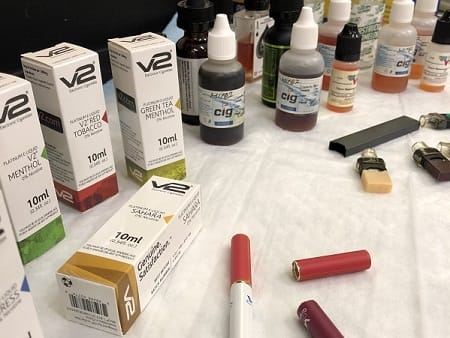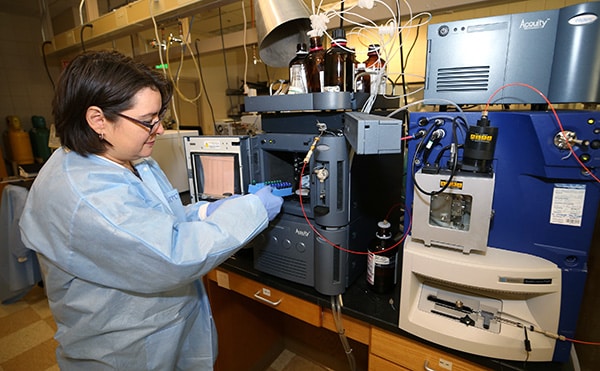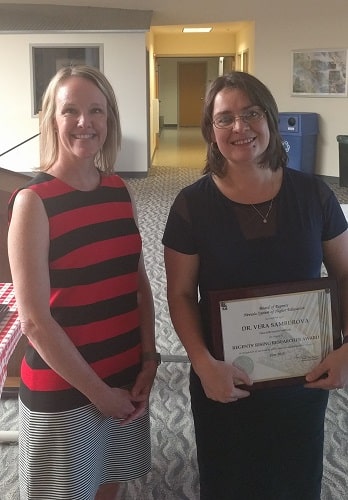How did recent Sierra Nevada fires such as the Caldor, Tamarack, and Dixie impact soil properties in burned areas? An interdisciplinary team of DRI scientists has received funding from the National Science Foundation to find out.
Yi Zhang of Princeton University Receives DRI’s 23rd Annual Wagner Award for Women in Atmospheric Science
DRI is pleased to announce that the 23rd annual Peter B. Wagner Memorial Award for Women in Atmospheric Sciences has been awarded to Yi Zhang, Ph.D., of Princeton University.
Does Cold Wildfire Smoke Contribute to Water Repellent Soils in Burned Areas?
After a wildfire, soils in burned areas often become water repellent, leading to increased erosion and flooding after rainfall events.
Emissions from cannabis growing facilities may impact indoor and regional air quality, new research shows
RENO, Nev. (Sept. 16, 2019) - The same chemicals responsible for the pungent smell of a cannabis plant may also contribute to air pollution on a much larger scale, according to new research from the Desert Research Institute (DRI) and the Washoe County Health District...
OAL team at the 80th Nevada State Legislature!
Drs. Andrey Khlystov and Vera Samburova participated in the DRI Day at the NV Legislature today. They met with Senator Heidi Gansert, Assemblywomen Heidi Ann Swank and Lisa Krasner, and educated many members of NV State Legislature on dangers of flavoring compounds in...
OAL team attends SRNT Annual Meeting, February 20-23, 2019
The Organic Analytical Lab was well represented at the Society for Research on Nicotine and Tobacco 2019 Annual Meeting in San Francisco. Drs. Andrey Khlystov, Vera Samburova and Yeongkwon Son attended the meeting and Yeong presented three (!!!) posters. Please visit...
OAL members present at the NPHA annual meeting
OAL scientists Drs. Vera Samburova and Yeongkwon Son attended the 2018 Nevada Public Health Association annual conference in Las Vegas. They gave presentations on potential hazards of e-cigarette use to the broad audience of health care providers, clinicians,...
Local media coverage of the latest OAL publication
The latest OAL publication by Vera Samburova et al. on aldehydes in exhaled breath attracted the attention of all major local media outlets! Please click "Continue reading" to see image gallery and enable links to videos. Reno Gazette Journal (RGJ)...
Significant amount of cancer-causing chemicals stays in lungs during e-cigarette use, Nevada-based researchers find
Above: Dr. Vera Samburova works in the organic analytical lab at Desert Research Institute, in Reno, Nev., on Tuesday, Feb. 20, 2018. Photo by Cathleen Allison/Nevada Momentum Reno, NV (August 15, 2018) – E-cigarettes have become increasingly popular as a smoke-free...
NSHE Rising Researcher Award presentation
DRI President Dr. Kristen Averyt presented Dr. Vera Sumburova with the NSHE Rising Researcher Award during a ceremony at the DRI's Las Vegas location on June 21, 2018.
